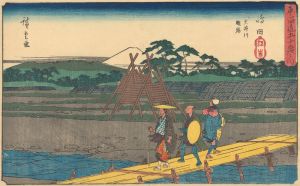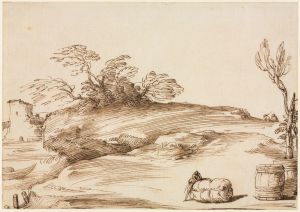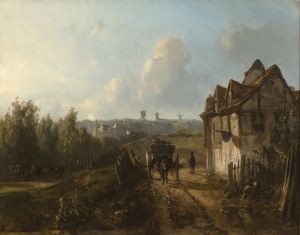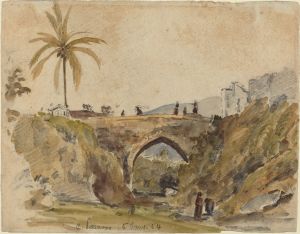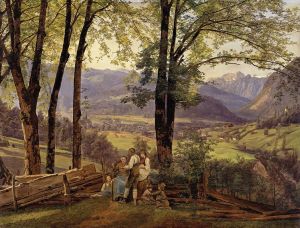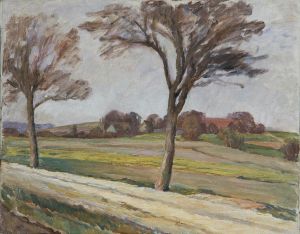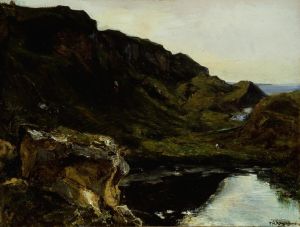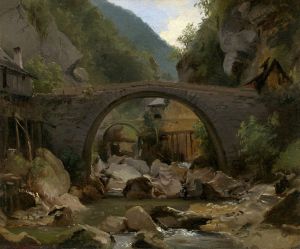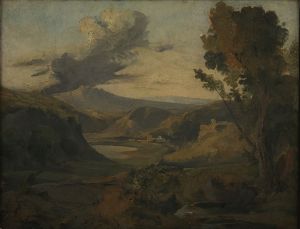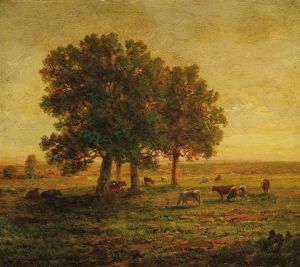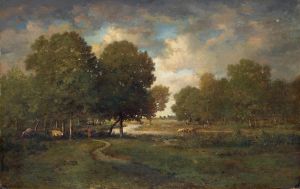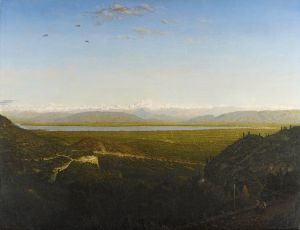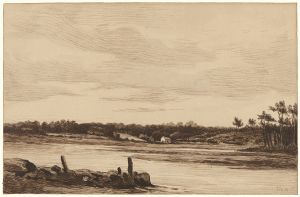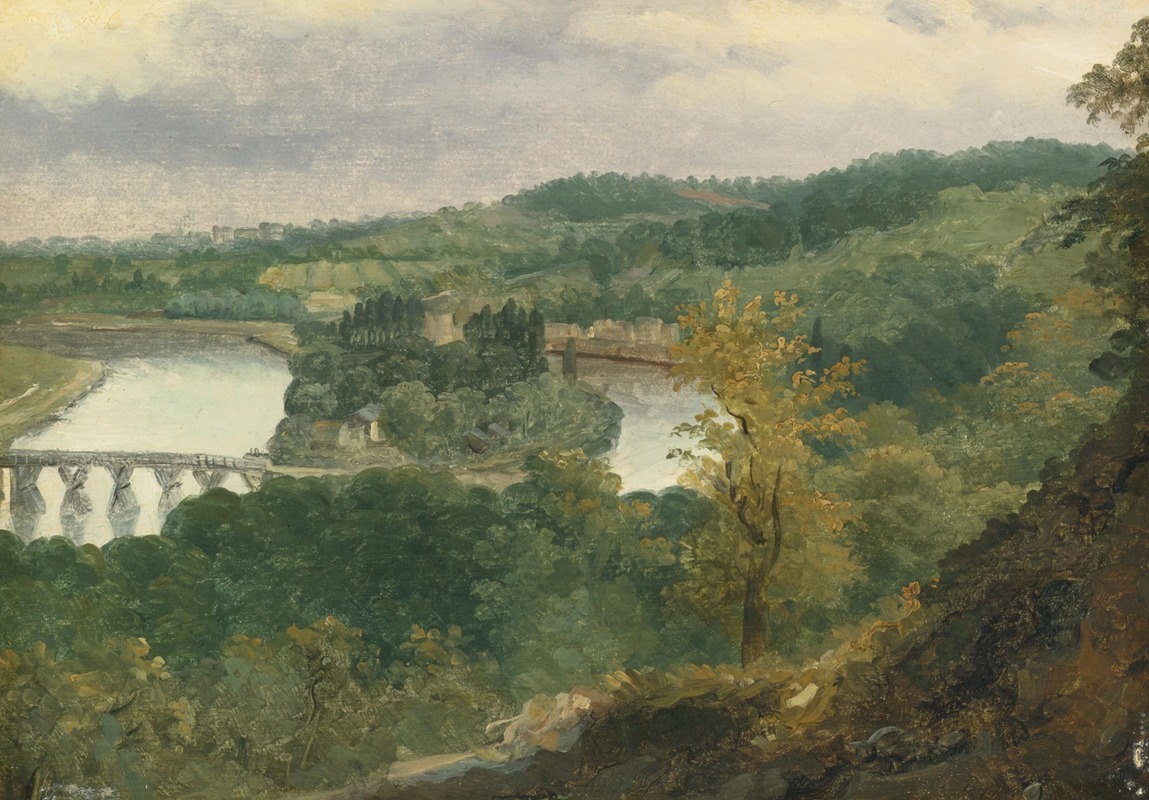
Vue de Billancourt et Bas Meudon
A hand-painted replica of Théodore Rousseau’s masterpiece Vue de Billancourt et Bas Meudon, meticulously crafted by professional artists to capture the true essence of the original. Each piece is created with museum-quality canvas and rare mineral pigments, carefully painted by experienced artists with delicate brushstrokes and rich, layered colors to perfectly recreate the texture of the original artwork. Unlike machine-printed reproductions, this hand-painted version brings the painting to life, infused with the artist’s emotions and skill in every stroke. Whether for personal collection or home decoration, it instantly elevates the artistic atmosphere of any space.
Théodore Rousseau, a prominent figure in the Barbizon School of painters, created the artwork "Vue de Billancourt et Bas Meudon" during the 19th century. The Barbizon School was a movement towards realism in art, emphasizing natural landscapes and rural scenes, which was a departure from the romanticized and idealized depictions common in earlier periods. Rousseau, born in Paris in 1812, was known for his dedication to capturing the essence of the French countryside.
"Vue de Billancourt et Bas Meudon" is a landscape painting that depicts the areas of Billancourt and Bas Meudon, which are located near Paris. This region, during Rousseau's time, was characterized by its picturesque and serene environment, making it a favored subject for artists seeking to portray the natural beauty of the French landscape. The painting reflects Rousseau's meticulous attention to detail and his ability to convey the tranquil atmosphere of rural France.
Rousseau's technique in this painting showcases his mastery of light and shadow, which he used to create depth and dimension. The composition likely includes elements such as trees, fields, and possibly the Seine River, which flows through this area. His use of color would have been carefully considered to enhance the naturalistic feel of the scene, with earthy tones and a subtle palette that captures the mood of the countryside.
The Barbizon School, to which Rousseau belonged, was named after the village of Barbizon near the Forest of Fontainebleau, where many of these artists gathered to work directly from nature. This movement was significant in the development of landscape painting in France, influencing later artists and contributing to the rise of Impressionism. Rousseau, along with other members of the Barbizon School, sought to break away from the academic conventions of the time, focusing instead on the direct observation of nature.
Rousseau's work, including "Vue de Billancourt et Bas Meudon," played a crucial role in this shift towards realism. His dedication to capturing the true essence of the landscape, without embellishment or idealization, marked a significant departure from the more stylized and dramatic landscapes that were popular in earlier periods. This approach not only highlighted the beauty of the natural world but also underscored the importance of the artist's personal experience and observation.
Throughout his career, Rousseau faced challenges, including initial rejection by the Paris Salon, the official art exhibition of the Académie des Beaux-Arts. However, his persistence and the eventual recognition of his talent helped to secure his place in art history. Today, Rousseau is remembered as a pioneer of naturalistic landscape painting, and his works continue to be celebrated for their contribution to the development of modern art.
"Vue de Billancourt et Bas Meudon" remains an important example of Rousseau's work, embodying the principles of the Barbizon School and showcasing his skill in capturing the serene beauty of the French countryside. Through this painting, viewers can appreciate the tranquil and unspoiled nature of the area as it was in the 19th century, as well as Rousseau's profound connection to the landscape he so lovingly depicted.





